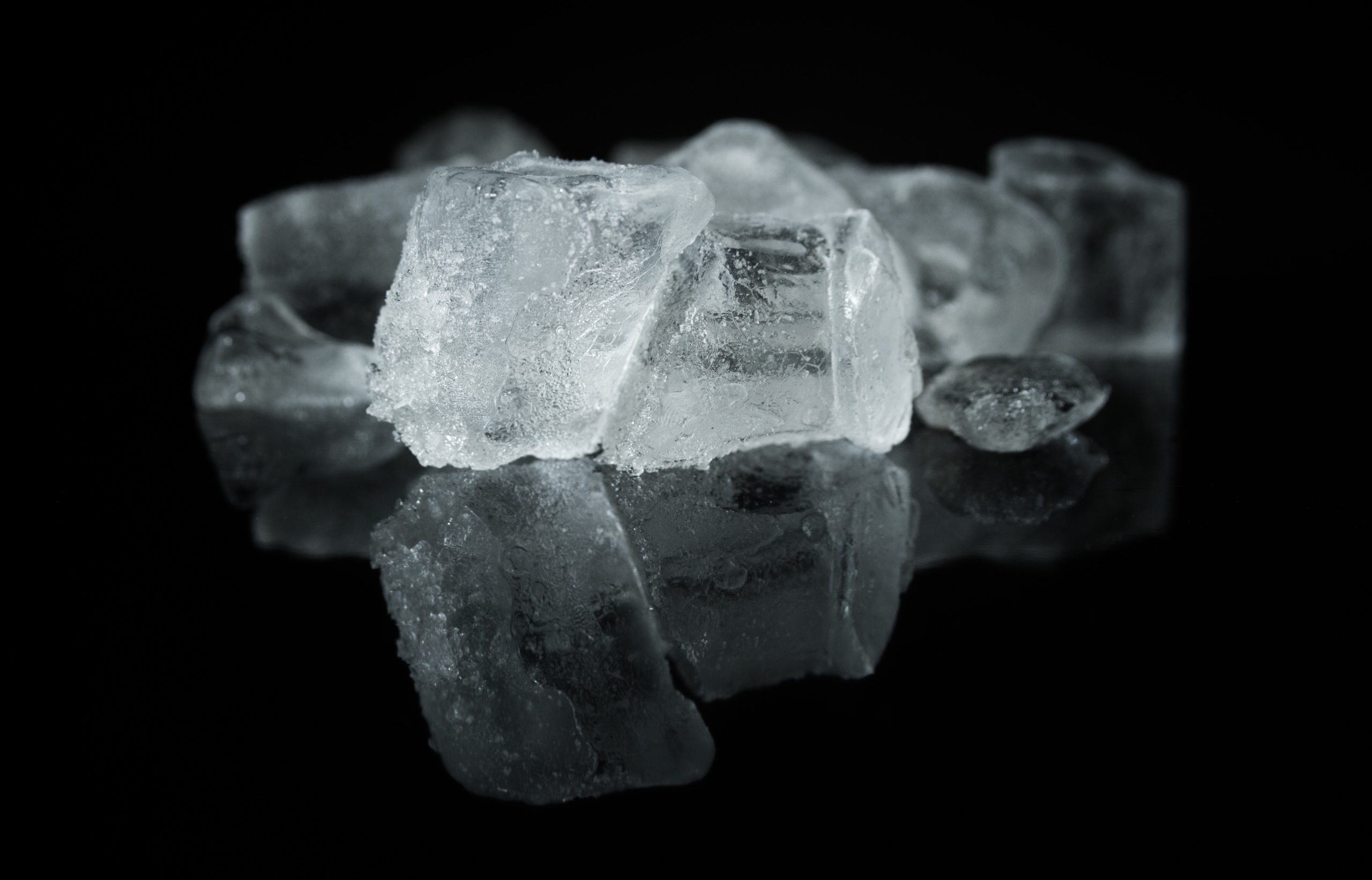
Research Review Shorts: Intra-Workout Body Cooling
The article looks at the efficacy of Per-cooling, or cooling the body intra-workout, which may be a promising modality to increase rep performance, aerobic capacity, and improve recovery.
Overview
This article reviews several studies to examine the evidence we have for Per-Cooling.
Per-cooling refers to cooling the body during (intrasession) exercise with the goal of increasing performed reps per set, total training volume, and even improving recovery.
This is different than pre-training cooling and post-training cooling, the latter of which seems to actually attenuate hypertrophy gains over time (don’t jump in a cold tub immediately after exercise).
There are a few methods of Per-Cooling which we will categorize under external and internal cooling:
External Cooling
- Ice bags
- Cooling vest
- Cooling gloves
- Whole body cooling garmet
Internal Cooling
- Ice slurry Idrinking crushed ice)
- Ice cold water (about 6.5 oz.)
Most studies that we’re looking at focus on external cooling methods used in between sets.
The proposed mechanisms for how Per-Cooling can lead to improvements in recovery have to do with reducing Cardiovascular Strain. When core temperature rises this puts more strain on the cardiovascular system. Decreasing skin and core temperature seems to alleviate much of the cardiovascular strain.
There’s also a psychophysiological proposed mechanism (mind-body connection) that seems to favor per-cooling as it may lower the perceived exertion rating during exercise.
Findings
- Douzi et al. 2019: Per-cooling significantly enhanced aerobic performance (ES=0.6; P<0.01)
- Latella et al. 2019: 4 of the 6 studies showed improved rep performance
- Douzi et al. 2019: Per-cooling significantly improved anaerobic performance of sprinters
- Grahn et al. 2012: Cooling improved work performance by 144% (6 weeks of pullup training)
Interpretation & Takeaways
The overall picture of the literature is that Per-Cooling is most likely to be effective to increase reps performed across multiple sets. There is not much in terms of longitudinal data so more research is needed here as it’s hard to draw hard conclusions.
Yes, Per-cooling can lead to additional reps performed but do those additional reps equate to more hypertrophy and/or strength? Well, it would if it consistently led to a higher training volume but we don’t know this for sure.
How cool should you go? Cooling devices should be set to about 10ºC (50ºF). Cooling is especially effective when training in the heat and when core body temperature >40ºC (104ºF).
The most practical method for cooling seems to be the cooling vest which was utilized in a number of these studies. Vests are relatively cheap and generally involve stuffing the vest full of icepacks. There is not much information on which vests are better so I do not want to leav any recommendations here.
References
https://pubmed.ncbi.nlm.nih.gov/11509498/
https://pubmed.ncbi.nlm.nih.gov/31340407/